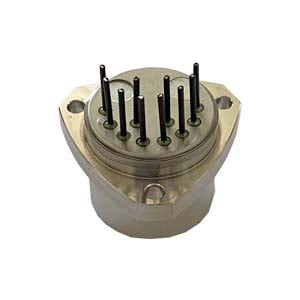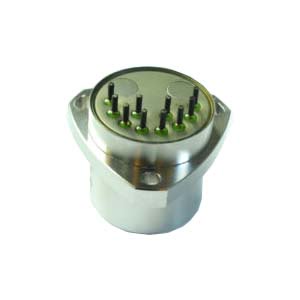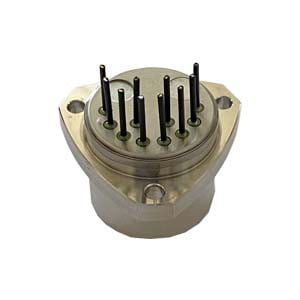Acceleration sensor and Angular velocity sensor are two common forms of inertial sensors, which are widely used in navigation, attitude control, motion measurement and other fields. In motion state estimation, the acceleration sensor is often used to measure the acceleration of the object, while the angular velocity sensor is used to measure the rotation speed of the object. However, in practical applications, the acceleration sensor often has drift error, which leads to the inaccuracy of motion state estimation. In order to improve the measurement accuracy, the angular velocity sensor can be used to correct the error of the acceleration sensor.
The output angular velocity of the gyroscope is instantaneous. Generally, the angular velocity balance cannot be directly used. Most inertial navigation systems require angle signals. Therefore, the angular velocity and time integral are needed to calculate the angle. The obtained angular variation is added to the initial angle. The target angle, in which the smaller the integration time Dt is, the more accurate the output angle is, but the principle of the gyroscope determines that its measurement reference is itself, and there is no absolute reference object outside the system. Plus Dt is impossible to be infinitely small, so the integral The cumulative error increases rapidly over time, eventually causing the output angle to be inconsistent with the actual, so the gyroscope can only operate on a relatively short time scale. The ER-MG2-300/400 is a high-precision navigation MEMS gyroscope capable of meeting the 0.05°°/hr bias instability and 0.025°/√hr Angle random walk and ±400°/s measurement range.
The acceleration measurement is the direction of gravity. There is an absolute reference object “gravity axis” outside the system. In the case of no external force acceleration, the ROLL/PITCH two-axis attitude angle can be accurately output, and there is no cumulative error in this angle. The time scale is accurate. However, the acceleration sensor has a disadvantage in measuring the angle. The acceleration sensor actually uses MEMS technology to detect the small deformation caused by the inertial force. The inertial force and the essence of gravity are one thing, so it does not distinguish between the acceleration of gravity and the acceleration of external force. When the three-dimensional space is doing the shifting motion, its output is not correct. Unfortunately, most systems that require an inertial attitude angle are not working at rest.
The acceleration sensor has zero drift, so it is necessary to correct the zero drift when the moving body is stationary. But because the acceleration caused by gravity exists even at rest, it is impossible to determine the zero point. Of course, it is possible to utilize high-precision acceleration sensors with zero-point stability, but in this case, not only the cost becomes higher, but also the size and weight increase.
In practical applications, angular velocity sensors are often used in conjunction with acceleration sensors to improve the accuracy of motion state estimation. By processing the original data output by the acceleration sensor, the real acceleration value of the object can be obtained, and the speed and displacement of the object can be further calculated. Among them, the rotation velocity information measured by the angular velocity sensor can be used to correct the error in the output of the acceleration sensor, so as to improve the accuracy of the motion state estimation.
In some special cases, such as motion state estimation under high turnover rate, it is difficult to get accurate motion state using only acceleration sensor. In this case, a more accurate estimate can be obtained by using the measured value of the angular velocity sensor to correct the acceleration value.
Therefore, on the basis of no other reference objects, to obtain a more realistic attitude angle, it is necessary to develop strengths and avoid weaknesses, combine the advantages of both, and the simplest way to abandon their respective shortcomings is weighting. The design algorithm increases the gyroscope in a short time scale. Weight, increase the acceleration weight in a longer time scale, so the system output angle is more real.
If you want to get more details about gyroscope,pls visit https://www.ericcointernational.com/gyroscope/
More Technical Questions
1.Accelerometer, Gyroscope and Magnetometer
2.What Effect Does Temperature Have on Quartz Flexible Accelerometer?
3.What Performance is the Accelerometer Sensor in FOG North Finder
4.How to Differentiate Between Gyroscope Sensors and Accelerometer
5.How to Distinguish MEMS Accelerometer and MEMS Gyroscope Correctly?
6.Application of Quartz Accelerometer in UAV and Positioning System
Products in Article






